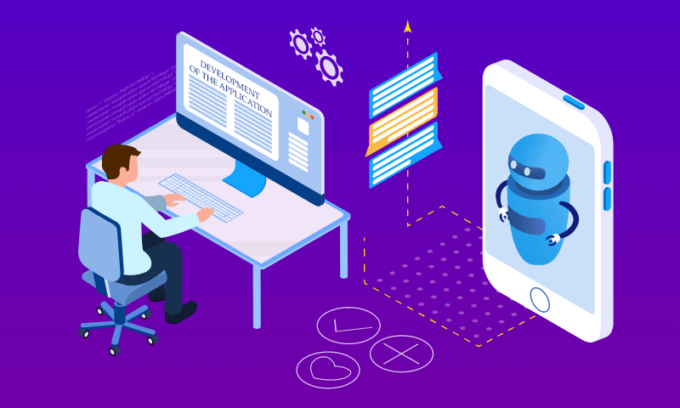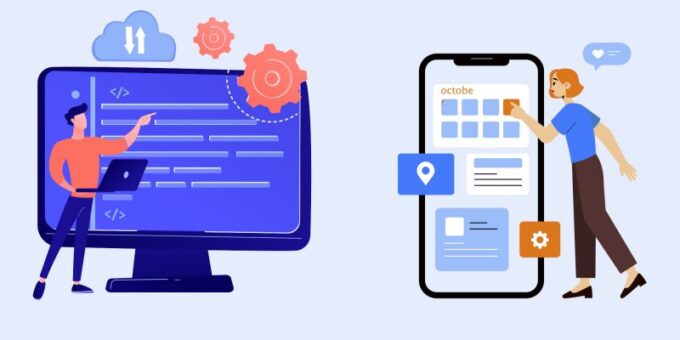Many firms have turned to agile methods for software development, and the benefits are many. Agile software development relies on the combination of people and processes, with a high focus on collaboration and feedback. Agility can help software development teams overcome the many challenges that come with the complexity of today’s software.
Agile Approach
Even in organizations that have not adopted agile methods, there are many practices and processes that contribute to effective software development. Many seasoned developers use these tools and techniques instinctively, even if they have not explicitly been trained to do so. The most prominent of these is continuous integration.
Continuous integration means incorporating regular automated tests and code quality assessments into the software development process. This is done to ensure that defects are found early on in the development cycle. It also means that the process of software development can be followed more closely and iteratively.
Defects can be fixed more quickly, and this in turn can lead to more frequent releases. This is also the main premise of the agile manifesto – “Working software, delivered well, is better than perfect code written only for testing”.
Key Steps in the Development of a Web or Mobile Application
The following is an overview of the key steps in the development of a web or mobile application:
1. Needs Analysis

The first step in the development process is to perform a needs analysis. Needs analysis determines the requirements of the system – what the user wants and needs – and can be performed using a variety of methods, including interviews, surveys, and observing the users of the system. It is crucial that the needs of the user are taken into account, as this will determine the structure and content of the application.
For example, if the goal is to create a travel planner that will help individuals with their travel arrangements, a user-centered approach could mean that the application should include all the essential travel-related information, such as destination airports, rail stations, bus stops, and so on.
The results of the needs analysis form a useful basis for the rest of the design process. It can also be used to prioritize the various design elements and tasks that will need to be performed.
2. Design
After the needs analysis, the next step in the development process is to design. The design stage is all about coming up with the various elements that will make up the application.
This can be a challenging stage, especially if the application is a complex one and has several user interfaces. Creative designers and developers can take advantage of tools and techniques that were not available a few years ago, such as 3D printing and virtual prototyping.
These tools make it easy for designers and developers to create functional and eye-catching prototypes, which can then be used to gather user feedback, as well as to communicate with the end users about the application, its features, and so on.
Once the design is complete, the developer can move to the next phase.
3. Testing

The third phase, testing, is all about evaluating the application, looking for glitches, problems, and catching any bugs that may have slipped through the cracks during the design phase.
This is a critical stage, as it is the only way to ensure that the application will work as intended. There are many types of testing, including unit testing, integration testing, UI testing, and performance testing.
Performance testing is one of the most important types of testing, as it ensures that the application will perform as expected when executed by real users. This is usually done by running the application through a series of functional and speed tests, recording the results, and comparing these to the ideal results. The recorded results can then be used to improve the application’s performance.
Unit testing is the process of testing individual components, such as classes, methods, and so on. This is usually done by creating test cases, or scenarios, that can be used to demonstrate how the component should behave.
The scenarios should be written with detailed and accurate step-by-step instructions, so when the unit testing is completed, the results are easy to interpret. The results of the unit testing can then be used to improve the application, as well as the individual components.
Integration testing involves testing the various functions of the application, as well as the interactions between the functions. For example, if the goal is to create a travel planner, the integration testing can include testing the various elements of the booking engine (i.e. the portion of the application that enables a user to make a travel reservation), as well as testing how the various components of the reservation workflow (i.e. the process by which a user makes a travel reservation) interact.
4. Documentation

The documentation stage is all about documenting the application. Documentation includes both user- and programmer-facing documentation, such as help screens and manuals.
It also includes any additional information that may be useful for future developers or end users of the application. Once the documentation stage is complete, the next phase can begin.
5. Implementation
The implementation stage is all about converting the application’s design into working code. During this stage, the developers will need to take into account all of the details that were not considered during the design stage.
If the application is fairly simple, this may not be much work, but if it is a complex one, it can be a huge undertaking. It usually involves writing code, testing the code, and fixing any bugs that may have been discovered during the testing stage.
As this is the final stage before the application is taken live, it is crucial that the developers work efficiently and carefully through this stage. Otherwise, the application may not be ready for use by its end users, which is a big mistake.
To follow these steps accurately will take some time. However, the rewards are many. Effective and efficient software development leads to a better product, which in turn can lead to increased job satisfaction for the developers and a more productive workplace.










